Requiem For A Legend: The Lincoln Continental
“The Bold & the Beautiful Lincolns” presents…
The historic end of an automotive legend…
The 1979 Lincoln Collector’s Series TownCar was the finale to a long and successful production run of the full-size American luxury car. The 1979 Lincoln Continental was the last of the breed. To commemorate this end of an era, Lincoln offered the four-door TownCar in a special limited edition.
This was the last model year in which to purchase a full-size Lincoln. It was comprehensively equipped with every available option as standard equipment. This was the final curtain call for one of the most significant stars of the show…in the continuing saga of “The Bold & the Beautiful Lincolns.”
The 1979 Lincoln Continental was the descendant of a long line of luxury cars. The original Lincoln Continental was built between 1939 and 1948. It was Edsel Ford’s personal car in 1939; he said if it proved feasible it would be put into production. The 1939 Continental was designed by chief stylist Eugene T. Gregorie.
He worked the prototype of the Lincoln Zephyr into a luxurious convertible coupé. The externally mounted spare tire became a signature feature for the Continental Mark Series. This “one-off” creation stirred interest. Twenty-four 1939 models were built and 400 were built for 1940. The 1939 models are often referred to as ‘1940’ models.
The 1939-1948 Continentals were recognized as a “Full Classic” by the Classic Car Club of America, and was one of the last built to be recognized as such. WWII interrupted production of the Continental in 1942 and was re-started in 1946. The 1948 Continentals were the last V12 engine cars produced by an American automaker.
The first generation Continental is rated as one of the most beautiful designs of the pre-WWII era. The Continental was a cabriolet, however, a few rare hardtop coupes were built. The 1939 and 1940 Continentals had “hand-hammered” body panels. The dies for machine-stamping weren’t available until 1941.
The second generation of the Continental was revamped for the 1956-1957 model years. It was produced as a stand-alone brand called the Continental MK II…it was NOT a Lincoln. The Continental Division existed only in 1956 and 1957. The MK II had the highest quality control ever seen in the automotive industry.
These cars were even more exclusive than the original Continentals. They were also the most expensive automobiles in the world at $10,000 when the standard Ford could be purchased for less than $2,000. It was rumored, dealers turned away potential buyers that were deemed unacceptable to own a Continental. (The MK II reached new heights in snootiness, I love them for that!)
The $10,000 price tag was put into place to elevate the car’s status. It was targeting the world’s wealthiest clientele to retain the Continental MK II’s exclusivity. Among the Continental MK II’s most impressive owners include Frank Sinatra, Elvis Presley, The Shah of Iran, Nelson Rockefeller, Henry Kissinger, and actress Elizabeth Taylor. Warner Brothers Studios gifted the MK II to Ms. Taylor in a special color that matched her eyes.
The Continental MK II’s production totaled 2,996 including two prototype convertibles. The Continental MK II was an “image car” and Ford unfortunately lost money on each MK II sold. The 1956-1957 Continental MK II is a highly collectible car that is appreciating in value rapidly and is a wise investment vehicle. The Continental Division of Ford produced a hand-crafted automobile only…for two years exclusively.
The Third generation of the Continental was built from 1958 through 1960 as the first to be built on a unibody platform at the new Wixom facility. Known as the “Mark III” and sharing bodywork with the Lincoln, this full-size sedan differed in their roof treatment and trim. It had a unique feature; its rear backglass was ‘reverse-angled’ and retracted behind the rear seat aka “Breezeway Window.” The Continental was no longer hand-crafted to reduce production costs, mainly factory burden.
A hand-crafted automobile not only slows production, it also increases factory burden, thus, absorbing company profit. Ford lost revenue in excess of $60 Million Dollars between 1958 and 1960. The reason for the negative was the fact that this genre Continental was big and gawky, clumsy as a luxury car with an enormous appetite for petrol. These automobiles resembled stately old homes cruising down the highway. This era Continental was the largest unibody cars ever built. They were also the longest production Lincolns ever built. Sheer excess dominated this generation of extremely poor selling automobiles. 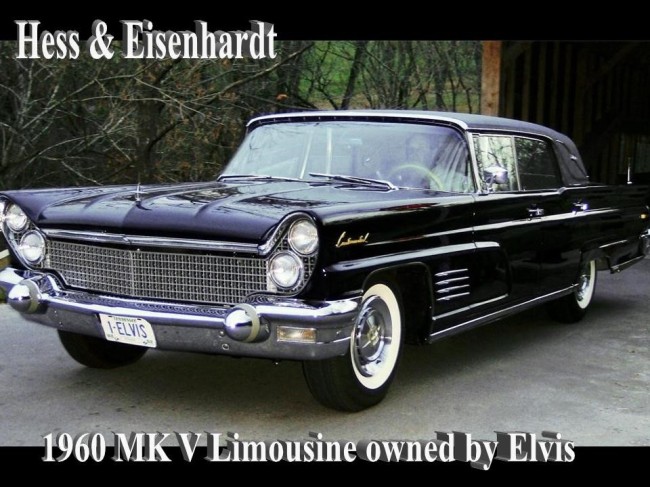
 Another issue with the third generation Continental was the confusing, superfluous, serialization of the Mark Series. The Mark III was built for the 1958 model year, the Mark IV for the 1959 model year, and the Mark V for the 1960 model year. These “Mark” Series were all luxury sedans.
Another issue with the third generation Continental was the confusing, superfluous, serialization of the Mark Series. The Mark III was built for the 1958 model year, the Mark IV for the 1959 model year, and the Mark V for the 1960 model year. These “Mark” Series were all luxury sedans.
Next, the “Mark” Series was revamped as a personal luxury coupé in 1968 as a 1969 model known as the Continental MK III. It was built from 1969 through 1971. Next came the MK IV built from 1972 through 1976. Last, for model years 1977 through 1979 as the MK V. Subsequent Marks in “Mark-O-Mania” were downsized and in the process went from caricature to kitsch, which sullied their exclusivity through repetition.
The fourth generation of the Continental was built between 1961 and 1969. Elwood Engle (who also styled the Chrysler Imperial) completely redesigned the 1961 from the ground-up. The Continental name was merged with Lincoln into a single product line. To simplify production all cars would be four-doors offering two body styles a sedan and a convertible.
The main selling feature of the 1961 through 1969 models were the elegant rear forward-opening coach doors. This genre was designed to be the finest production automobile in the world…and they were indeed. The 1961 redesign sold 25,160 vehicles. The slab-sided design was changed slightly from year to year but remained consistent so as not to make past offerings appear ‘dated’. This type of owner loyalty is non-existent in today’s world.
The 1961 Lincoln Continental
The 1961 Continental was the first car built in America to offer a 24,000 mile or 2 year bumper-to-bumper warranty. It was also the first post-war four-door convertible. The 1969 Continental was the last production model to use the classic rear coach doors. Sales for the Continental had held steady at 38,383 units and another 30,858 for the Continental MK III.
Here is a bit of trivia, the Kennedy Presidential limousine was built on the 1961 chassis by Hess & Eisenhart of Ohio. It had the code name of SS-100-X and it was this vehicle in which President Kennedy was assassinated in 1963. At that time, the limousine was re-done retro-fitted with armor and a fixed roof. This famous limo is on display in the Henry Ford Museum.
1965 Lincoln Continental
The 1966 Lincoln Continental
The fifth generation Continental was built from 1970-1979. It was a completely new design borrowing styling cues from the MK III. It retained the signature ‘knife-blade’ fenders that spanned the architecture.
The front end design used concealed dual headlamps. Uni-body construction was superseded by less costly body on frame construction. The suspension now used coil springs instead of leaf springs.
The fifth generation Continental shared the platform with the full-size Ford LTD and Mercury Marquis. The 460 CID V8 was shared with the Mercury beginning with the 1972 model year. Lincoln revamped the TownCar name last used for the 1959 model year to upgrade Continental luxury to a higher level.
In 1973 the Continentals received the federally mandated 5 mph front impact bumper system. This generation received a re-work for the 1975 model year. Coupes got a center “B” pillar with special fixed coach windows while the four-door model received a new roofline to differentiate it from Ford and Mercury models. The Continental was one of the first American automobiles with 4-wheel disc brakes by Bendix.
The 1973 Lincoln Continental coupé
For the 1977 model year the Continental received a ‘Rolls Royce’ style radiator grille with a stand-up Continental star as the hood ornament. It was the last Continental to wear the classic rear fender skirts. The standard 460 CID V8 was an option at extra cost for the 1978 model year. The 400 2-bbl was the standard engine.
The 460 CID V8 had a better power to weight ratio and greater fuel economy than that dinky 400 2-banger. By the 1979 model year the 6.6 litre 400 CID 2-bbl was the only engine available for the Continental. The length had grown to 233” and became the largest production passenger car in the world.
Special luxury editions for the fifth generation Continentals included the 1971 Golden Anniversary TownCar to commemorate Lincoln’s 50th Anniversary. It was available in Gold Moondust that was exclusive to this model. Around 1,600 were built.
The Williamsburg TownCar was available for the 1977, 1978, and 1979 model years. It featured an understated dual shade paint, custom accent stripes, power mini-vent windows, twin comfort lounge seats and dual lighted visor vanity mirrors.
The 1977 Williamsburg TownCar
The Collector’s Series TownCar option package was offered to commemorate the last full-size Lincolns to roll off Ford’s assembly lines. The price exceeded $18,000. The Collector’s Series TownCar came standard with most options. The only options available were a power moonroof, 40 channel CB radio, “Sure-Track” braking system, and a plush “Kashmir” velour interior. Only four colors were available for the Collector’s Series. Dark Blue, White, and limited-issue mid-year offerings of Medium Blue (only 197 built) and Light Silver (125 built). The Collector’s series was also available on the 1979 Continental MK V.
The 1979 Continental MK V Collector’s Series
The 1979 Collector’s series TownCar was the last of the breed. It was the largest production passenger car for the 1979 model year. The Collector’s Series was built to commemorate this historic automotive milestone. It was equipped with nearly every option available as standard equipment. The Collector’s Series embodied everything that made a Lincoln Continental the legendary icon that it was during its heyday.
What came next was rather disconcerting. It seemed the more that Lincoln down-sized, the more obscure it became. The Lincoln went from caricature to kitsch during the 1980s. There will never be another thoroughbred such as the Lincoln Continental…the full-size Lincoln Continental that is. This was the final curtain call for the legendary Lincoln Continental…in the continuing saga of “The Bold & the Beautiful Lincolns.”
The 1969-1971 Continental MK III
The 1976 Continental MK IV
“The Bold & the Beautiful Lincolns”
Categories















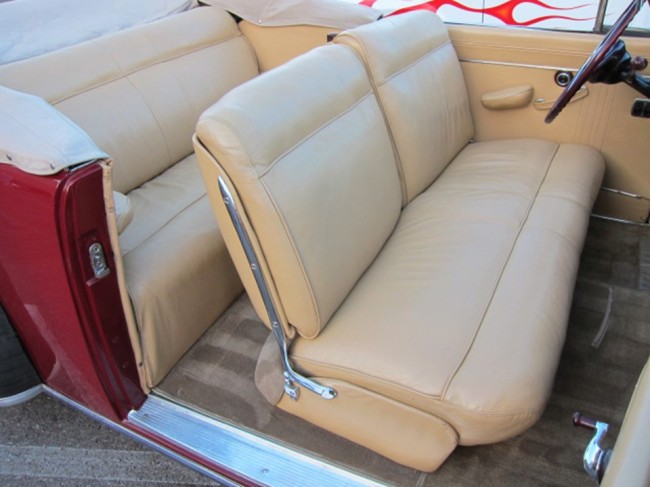







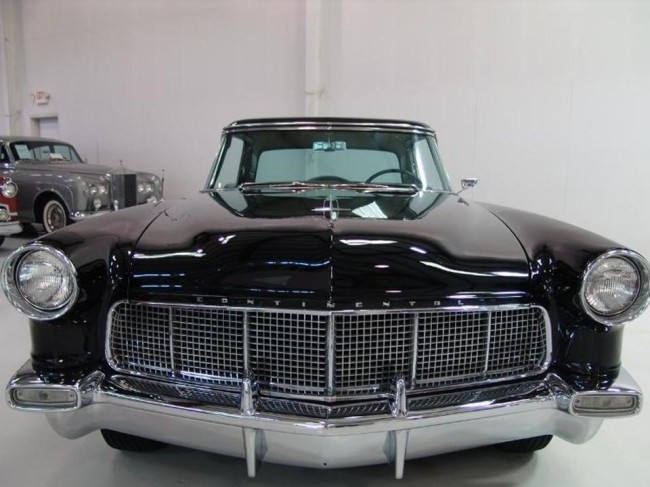



















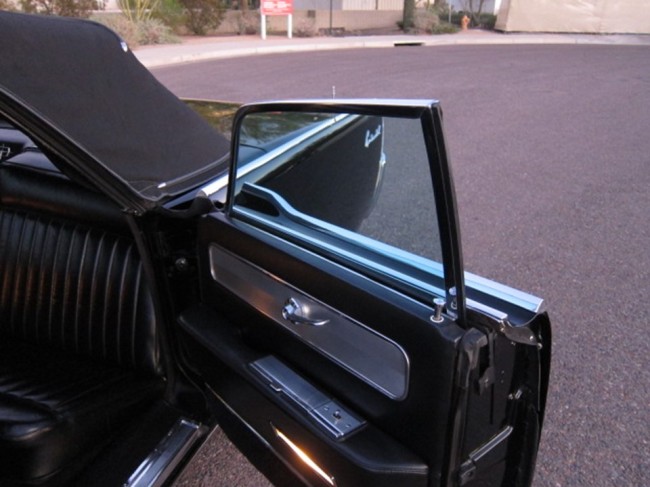

















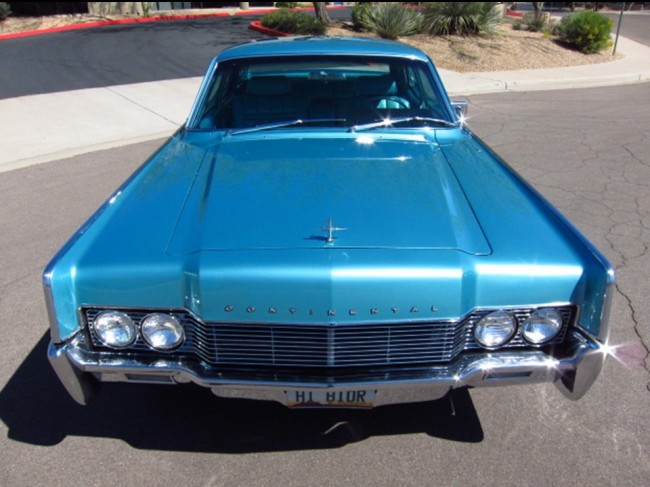























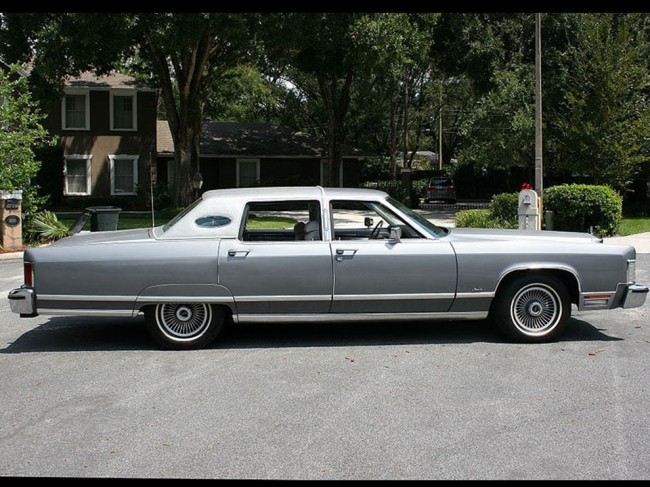




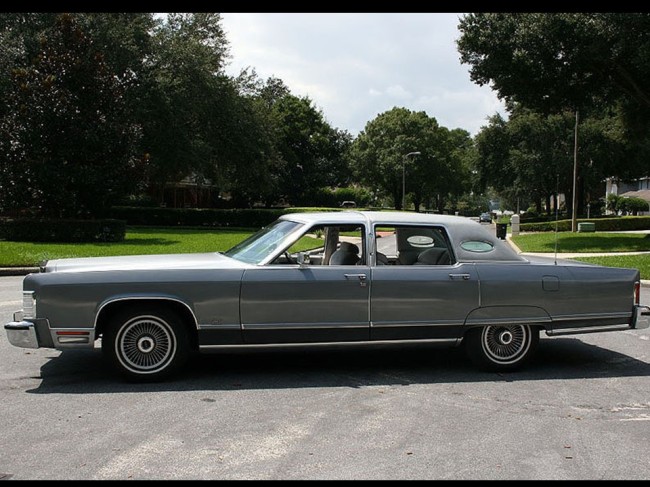






















































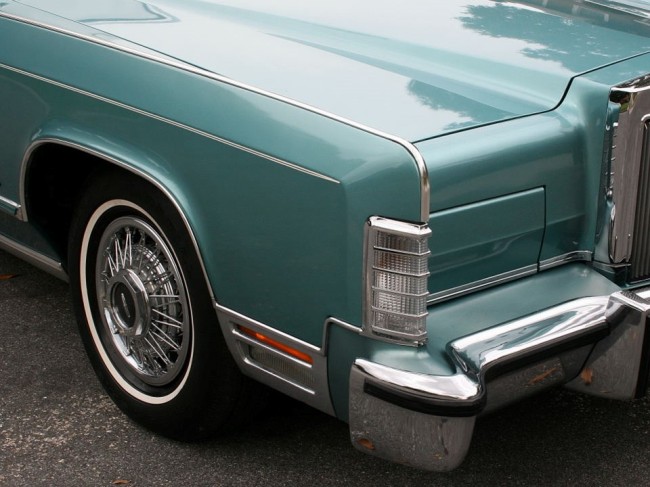
Thank you for sharing your thoughts. I truly appreciate your
efforts and I will be waiting for your next post thanks once again.